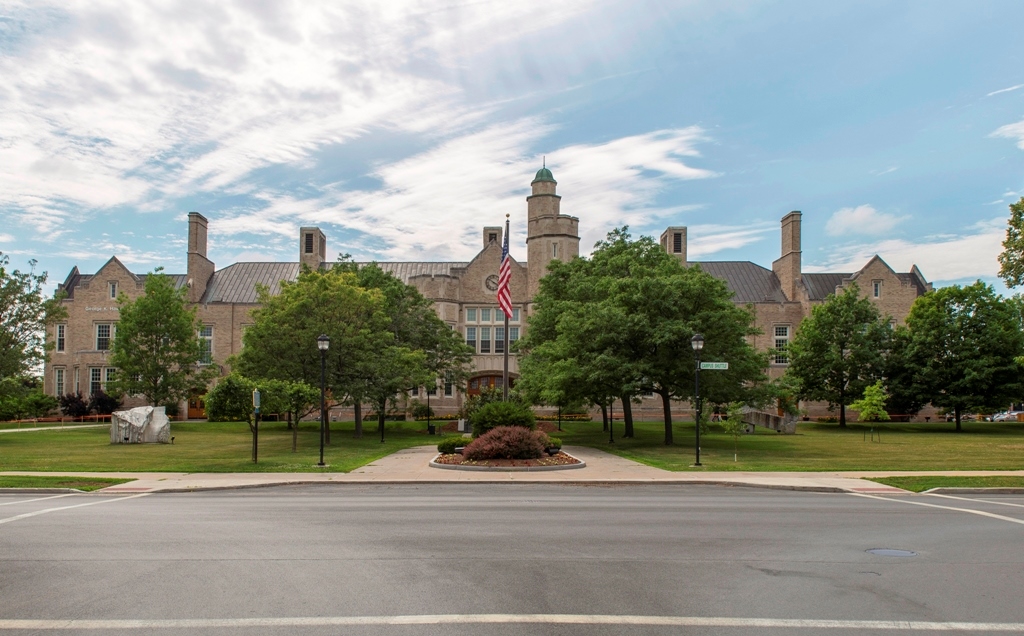SUNY Plattsburgh to Create Campus Interfaith Action Plan

SUNY Plattsburgh has been awarded a grant from two national organizations to create
a campus interfaith action plan, a step the university will use to focus on religious
identity, diversity priorities, and strategies to grow interfaith cooperation.
Selection by Interfaith America and the American Association of Colleges and Universities
includes a $3,000 grant award. Additionally, a campus team will attend a virtual
training institute over five days in July. The campus team includes:
- Chahbaz Azarkadeh, adjunct lecturer, computer science
- Dr. Paul Deal, associate professor and chair, counselor education
- Allison Heard, vice president for diversity, equity and inclusion.
- Dr. Anne Herzog, senior vice president and provost
- Shatawndra Lister, director of special programs
The Institute on Teaching and Learning for Campus-wide Interfaith Excellence, in tandem
with AAC&U’s Institute on Engaged and Integrative Learning, was created to prepare
university leaders to transform their campuses into model environments for interfaith
cooperation. From the work of the institute, the university team will work to develop
context-specific plans for integrating interfaith cooperation in sustainable and far-reaching
ways. The five days of sessions include consultation with experts on interfaith cooperation.
After the five-session institute, campus teams will continue to receive guidance from
the two organizations and will connect with the broader network of universities that
have attended.
Interfaith America was founded in 2002 based on the idea that religious difference
should serve as a bridge of cooperation rather than a barrier of division. Since that
time, Interfaith America has evolved from a small Chicago-based nonprofit to the nation’s
premier interfaith organization.
The American Association of Colleges and Universities is a global membership organization
dedicated to advancing the vitality and democratic purposes of undergraduate liberal
education. Through its work and public advocacy, it serves as a catalyst and facilitator
for innovations that improve educational quality and equity and that support the success
of all students.
The grant was made possible in part from the support of the Arthur Vining Davis Foundations and the Lilly Endowment.
News

SUNY Adirondack Students Benefit from New Dual Agreement with SUNY Plattsburgh Queensbury

SUNY Recognizes Two Plattsburgh Seniors for Excellence in Academics, Leadership
